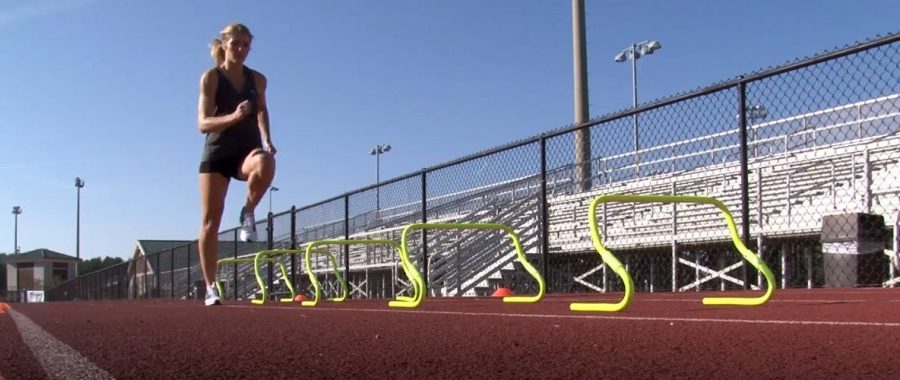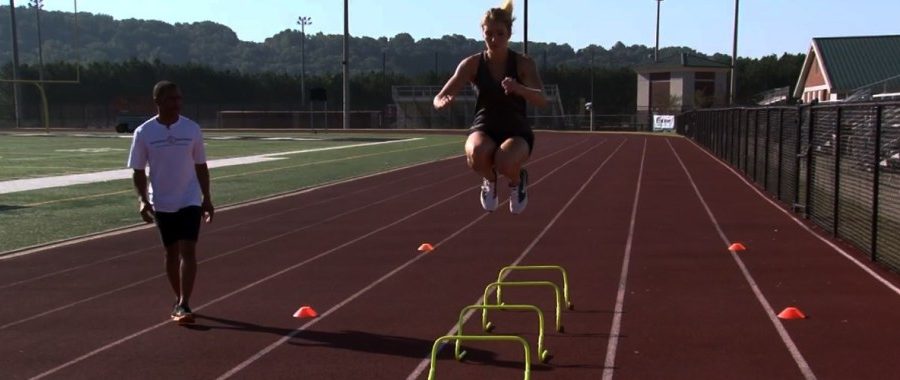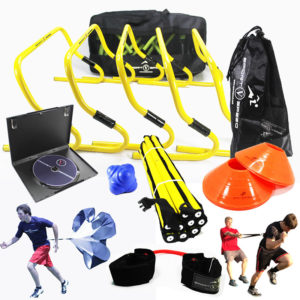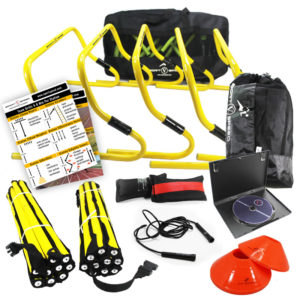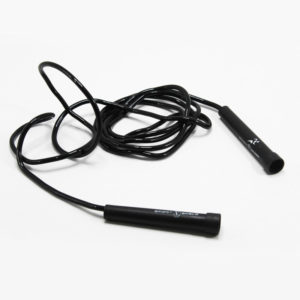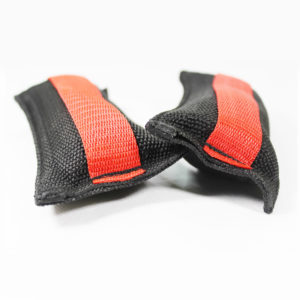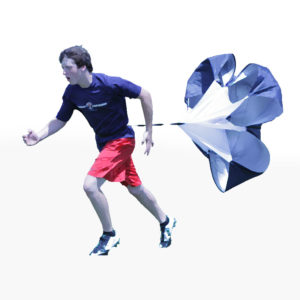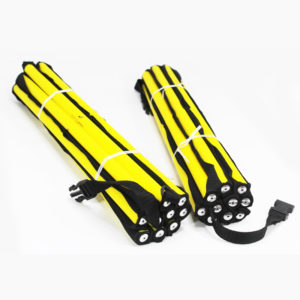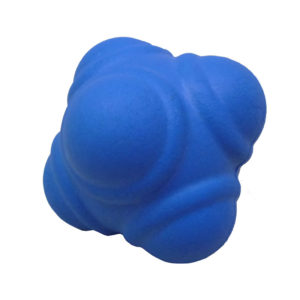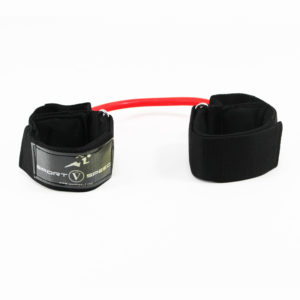
Speed is the pace that something is able to move or function.
Science is a systematic way of gaining knowledge through observation and experimentation to learn more about the structure of the natural and physical world and how it behaves.
When it comes to applying science to sports, a lot of knowledge has been gained through observation and experimentation. For example, how fast a runner can run, what components are involved with that runners’ speed such as nutrition intake, body makeup like muscles, BMI, what type of clothing and shoes they’re wearing, etc. The world of science continues to study sports and how to enhance speed by applying the knowledge gained through scientific studies.
What can be assessed to increase speed:
- Monitor heart rate –Through studying blood pressure, heart rate and pulse, it has helped determine a safe speed an athlete can endure without putting their health at risk but also be able to have optimal performance.
- Assess oxygen levels – It is important to measure the oxygen level an individual athlete is experiencing in order to avoid signs of low oxygen like shortness of breath which could result in low performance rate and the need to stop training (your trainer could tell you more).
- Atmosphere – Practice should be conducted in various atmospheres such as high altitude and sea level in order to be prepared to compete and be able to achieve and maintain endurance levels needed to compete.
- Environment – Study and assess if different weather conditions or different type of grounding such as hilly ground, rough terrain, wet terrain or dry terrain has an effect on the speed of the individual.
- Body composition assessment and monitoring -This can include the way the athlete’s body is made up such as BMI, how much food and fluid is consumed, the type of food and fluid, how efficiently the individual’s body burns fuel and where that energy source is coming from such as carbohydrates, protein or fat.
- Energy usage – Machines can determine if you are using energy efficiently by utilizing cameras or monitors attached to different parts of the body.
- Muscle Assessment – Assess which muscles are used in each sport and what training techniques can be applied to strengthen certain muscle groups to gain speed quicker.
- Monitor kick rate – The kick rate may make a difference between winning and losing in a well-trained athlete and it can be assessed and monitored in order to develop proper training.
How has science improved sports speed:
- Type of clothing –Clothing has been designed to be lighter in order to lessen air resistance.
- Type of protective gear – Studies show what types of protective wear an athlete needs for different sports such as how heavy or how light the gear can or needs to weigh and the type of material it can be made of to provide the protective properties needed in order to avoid injury.
- Type of shoes – Technology has been increased from scientific research that helped determine whether or not the weight and composition or materials the shoes are made of determine whether the result will be slower or quicker.
- Nutrients – Science is utilized to find out what type of nutrients should be consumed in order to reach optimal results.
- Stadiums and training facilities – They provide a controlled environment. For example, basketball stadiums can be equipped with a heater or air conditioning, football stadiums can be cleared from light snow, lights are added in order to conduct sports events regardless of the time of day.
- Video footage – Film can be reviewed by coaches, athlete’s and teams to learn what plays work, what their opponents’ tactics are and how they can improve performance.
- Rules – By studying the science of a particular sport rules can be made or altered to help players to be safe and help teams coordinate such as in high contact sports like football, hockey and rugby.
- Sport Balls – By studying Newton’s law of motion, scientists have found that an object will stay in motion unless another object enters its pathway such as a soccer ball, basketball, football, tennis ball, baseball and more. Another way a ball could be slowed down is through friction. For example, a soccer or cricket ball is rolling down the grass; the grass causes friction with the ball and slows the ball down. There’s a reason the basketball needs to weigh what it does, there’s a reason why the volleyball has a regulatory weight for an official volleyball; there’s a reason why the soccer ball is designed the way it is. In addition, scientific laws can help determine what rules will be safe and fair for individual sports. Thus, the study of science has resulted in a variety of new technologies being created to benefit the sports world.
By utilizing the knowledge you gain about the science of speed it can help you to train better and learn the tips and techniques of what works, what needs to be improved, how to apply it, and how to monitor and assess training techniques in order to reach optimal results. Science can be used to explain techniques and rules in sports. Through studying sports, science can help the game to be beneficial and more enjoyable so a variety of people can benefit.

